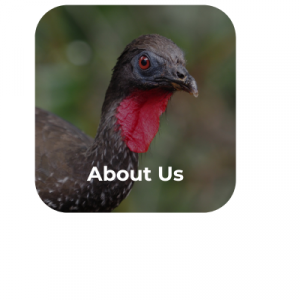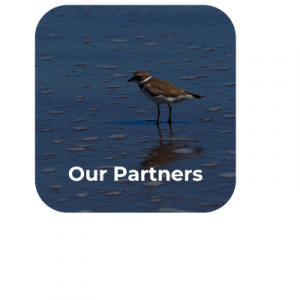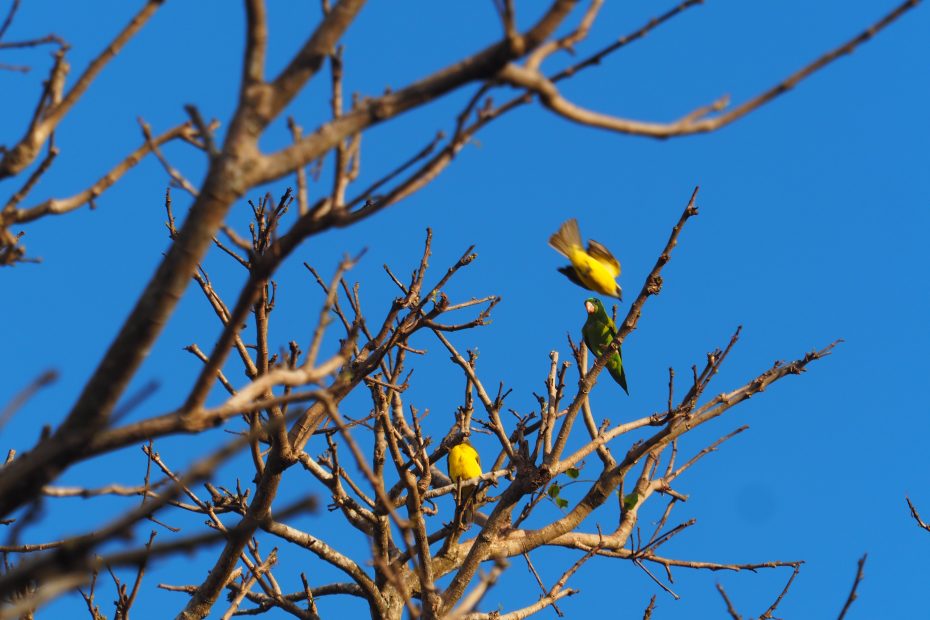If you’ve done your research on where to bird in Costa Rica, if you’ve studied field guides and maybe read up on trip reviews, if you’ve maybe purchased Pat O’Donnell’s excellent ebook How to See, Find, and Identify Birds in Costa Rica or read through his many blogposts, if you’ve done any of that, then you’ll probably think: Ah, the Southern Nicoya Peninsula is a place to skip. And you’d be somewhat right, of course. The birding tour itineraries are what they are for a reason, and for the average visiting birder, the rain and cloud forests, the mountain ranges, and the incredible wetlands offer more exciting and diverse birding opportunities.
But this is our habitat for part of the year. While the birds made me come to Costa Rica in the first place, it was my partner Mari who made me come back and, ultimately, stay. Compared to my Kreuzberg apartment the birding is still excellent of course – and the area has other incredible benefits (and similarly incredible drawbacks).
The mornings are beautiful
I enjoy being woken by Great Kiskadees and Howler Monkeys in the early mornings. I usually brew a fresh cup of coffee and have a seat in the backyard, overlooking a magnificent raintree.
A couple of Ferruginous Pygmy Owls visit us most mornings, as do a family of Plain Chachalacas – in my mind still the clear model for the little dinosaurs in the Jurassic Park movies. The aforementioned Kiskadees are joined by their regular companions: Orange-chinned Parakeets, White-winged Doves, Stripe-headed Sparrows, Melodious Blackbirds, Groove-billed Anis, White-throated Magpie-Jays, Social Flycatchers, Tropical Kingbirds, Rufous-naped and sometimes Banded Wrens, Yellow Warblers, Baltimore and Streak-backed Orioles, Scrub Euphonias, Rose-throated Becards, Great Crested Flycatcher, Hoffmann’s Woodpeckers, Streak-headed Woodcreepers, and a beautiful Black-headed Trogon are more or less daily visitors. Cinnamon and Rufous-tailed Hummingsbirds, occasionally also Canivet’s Emerald, visit our garden. In the skys above the typical sight for the region: Turkey and Black Vultures soar alongside Magnificent Frigatebirds, sometimes joined by a couple of nearby nesting Ospreys. Other raptors often pass by, as do groups of Brown Pelicans. On good days we get special showings of a Turquise Browed Motmot, and apparently Long-tailed Manakin used to visit (although they seem to have stopped doing so).
On the way to the beach we encounter Northern Waterthrush and White-fronted or Red-lored Parrots, depending on the time of day, a Gray-Cowled Wood Rail rushes across the path to find refuge in the thick coastal undergrowth.
The beach itself hosts herons: Barethroated Tiger Heron, Green Heron, Snowy Egret, Little Blue Heron, and Tricolored Heron are more or less to be expected on our walks, as are a variety of shorebirds (of course, depending on the time of year). It took my a while to realize that not all the little plovers are alike and that Wilson’s Plovers are hiding between the much more common Semi-palmated ones. It’s a rookie mistake, they are easy to distinguish once you pay attention.
And, of course, the supporting cast: American Oystercatchers are quite regular, as are Willets, Whimbrels, Black-bellied Plovers, Ruddy Turnstones, and lots and lots of Spotted Sandpipers. The amount of times I’ve looked at one of them thinking “Surely, this is something else” is staggering, only for it to start dipping its tail and fly away with that unique flight pattern.
A nearby creek is the home of a pair of Green Kingfishers – and a welcome refreshment when walking in the scorching heat that comes with dry season – or the similarly taxing humidity in rainier times of the year. Around sunset a bat falcon hunts along the palm trees at the beach.
Conservation needs to be taken seriously
Of course, the main draw of the region remains the excellent surfing on the beautiful beaches. But with all the new development going on, I wish that tourists and locals alike would take the time to appreciate the wonderful natural surroundings that make this place a piece of paradise to begin with.
One of my rarest sightings in the past months was a fellow birder from the UK pointing his camera at our backyard tree. We talked for a bit about what he might be able to find. Sure, nobody comes for the birds specifically – but for the bird-loving tourist, dragged by their family from the cloud forests of Monteverde to a more traditional holiday setting, there’s a lot of birding to be done on the Southern Nicoya Peninsula.









